our top 12 sustainable & regenerative growing practices
We started growing with typical urban soil: minimal organic matter, macro and micro nutrients way out of whack and not a soil bug in sight.
Micro and macro soil life work in concert with roots to create vibrant, healthy plants. Healthy, vigorous plants produce long lasting flowers that require no synthetic pesticides, fungicides or synthetic additives or sprays.
We don’t want those chemicals in your home or ours.
Sustainable and regenerative growing focuses on increasing the volume and diversity of the soil life: Yup. We grow bugs.
Abundant soil life are what bring you spectacular blooms...we're happy to grow them!
Here's our top 12 sustainable and regenerative growing practices for keeping our soil alive and thriving. While we do all of these, you can just do one or two and make a difference in what you grow. You can do it!
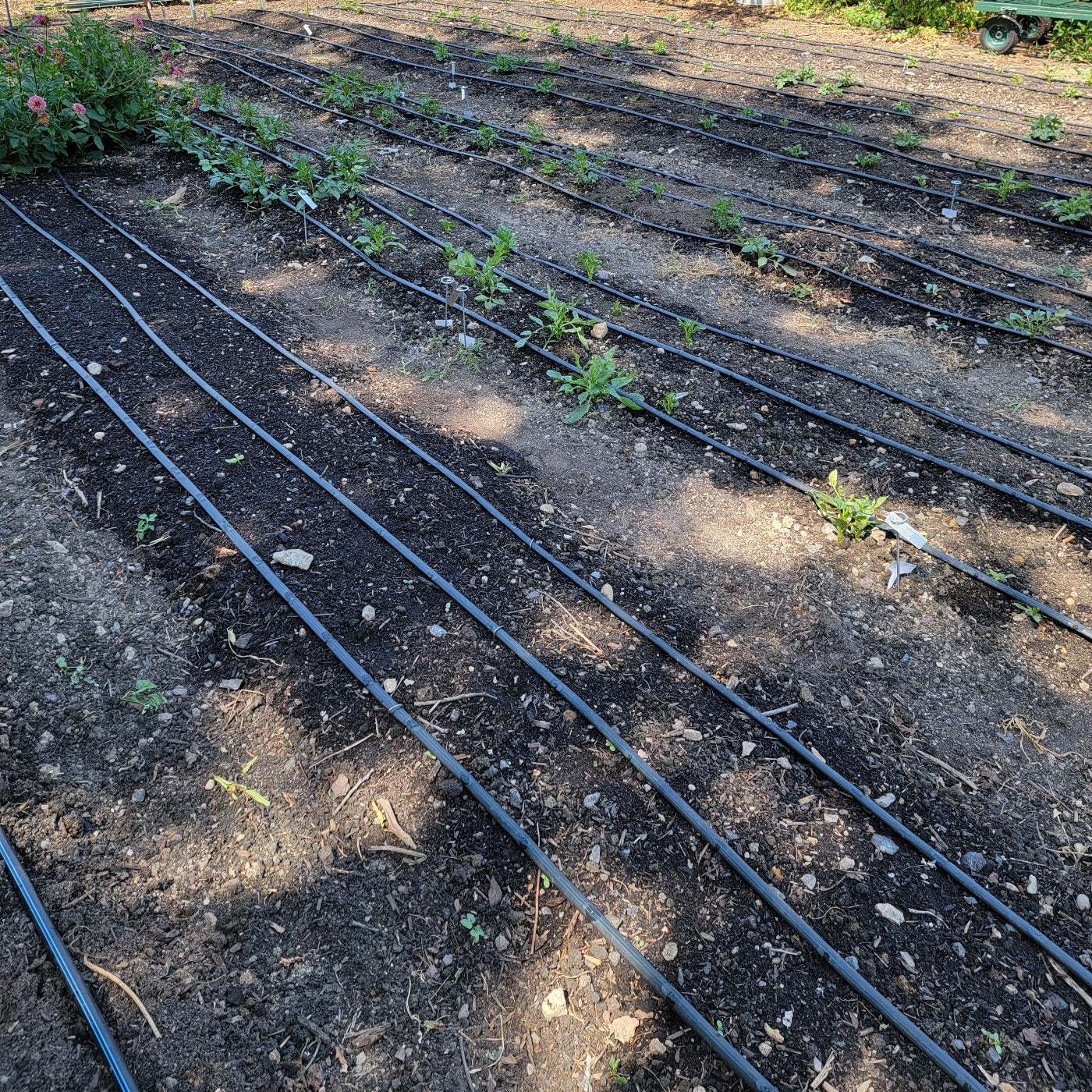
#1 We irrigate
If you are grow in DC, you know we have long periods of heat and drought. Soil bugs need water to live and constant moisture to thrive. We use a drip irrigation system for all our plants and flowers.
Watering is THE ONE THING that overrides all the below as far as success with plants. Figuring out how you can regularly and reliably water is the key, and it’s very personal. For you, this may mean hand watering every day, or a sprinkler on a timer, or soaker hoses. I encourage you to just start. You will figure out the system that works best for you.
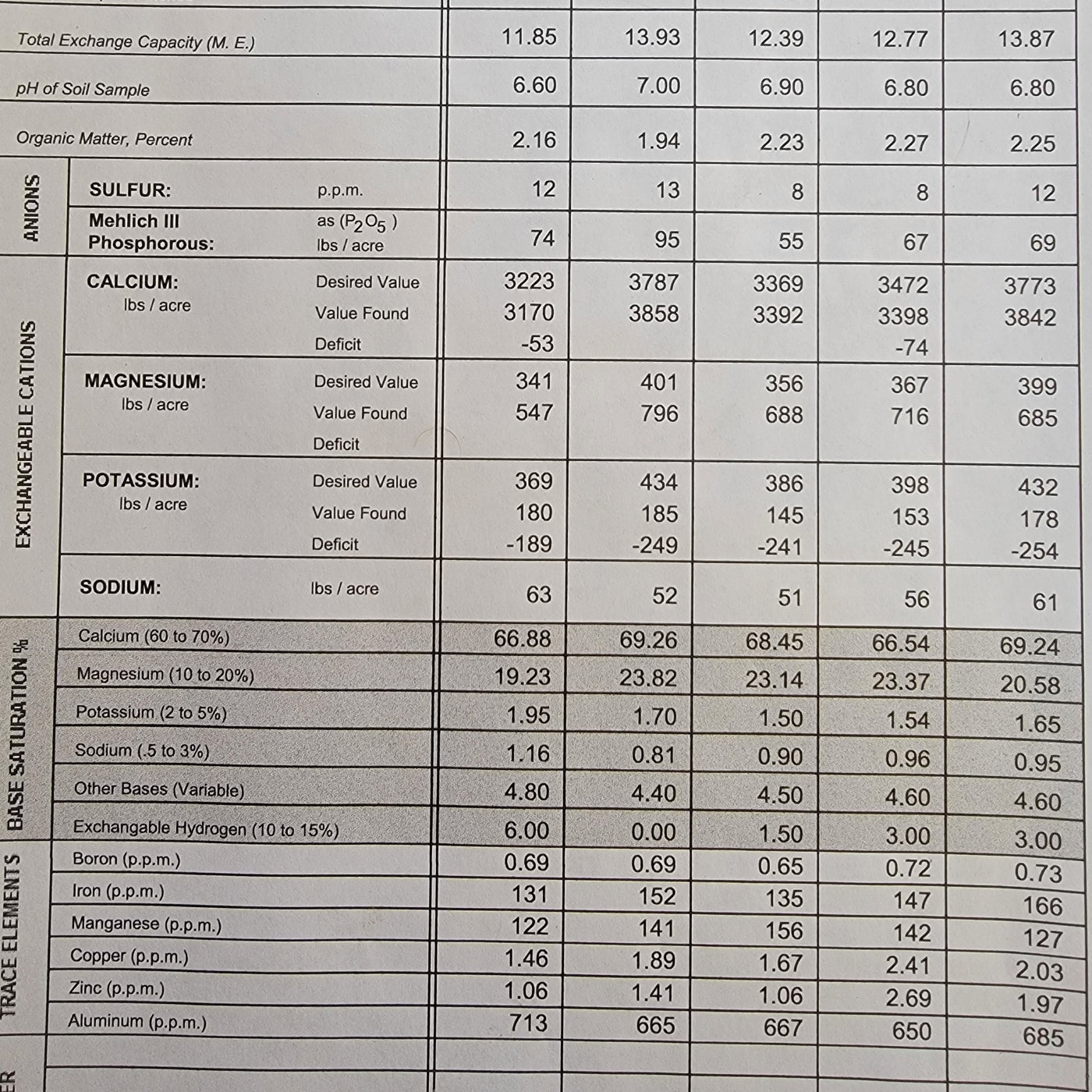
#2 We test our soil
We test our soil regularly. We’re building our organic matter levels, watching our pH and monitoring our nutrient levels. If you want to grow things, getting a test before you start is best practice.
Getting a test is simple! There are many places to get tests but we get ours done here. They tell your everything you need to know to have a confident start.
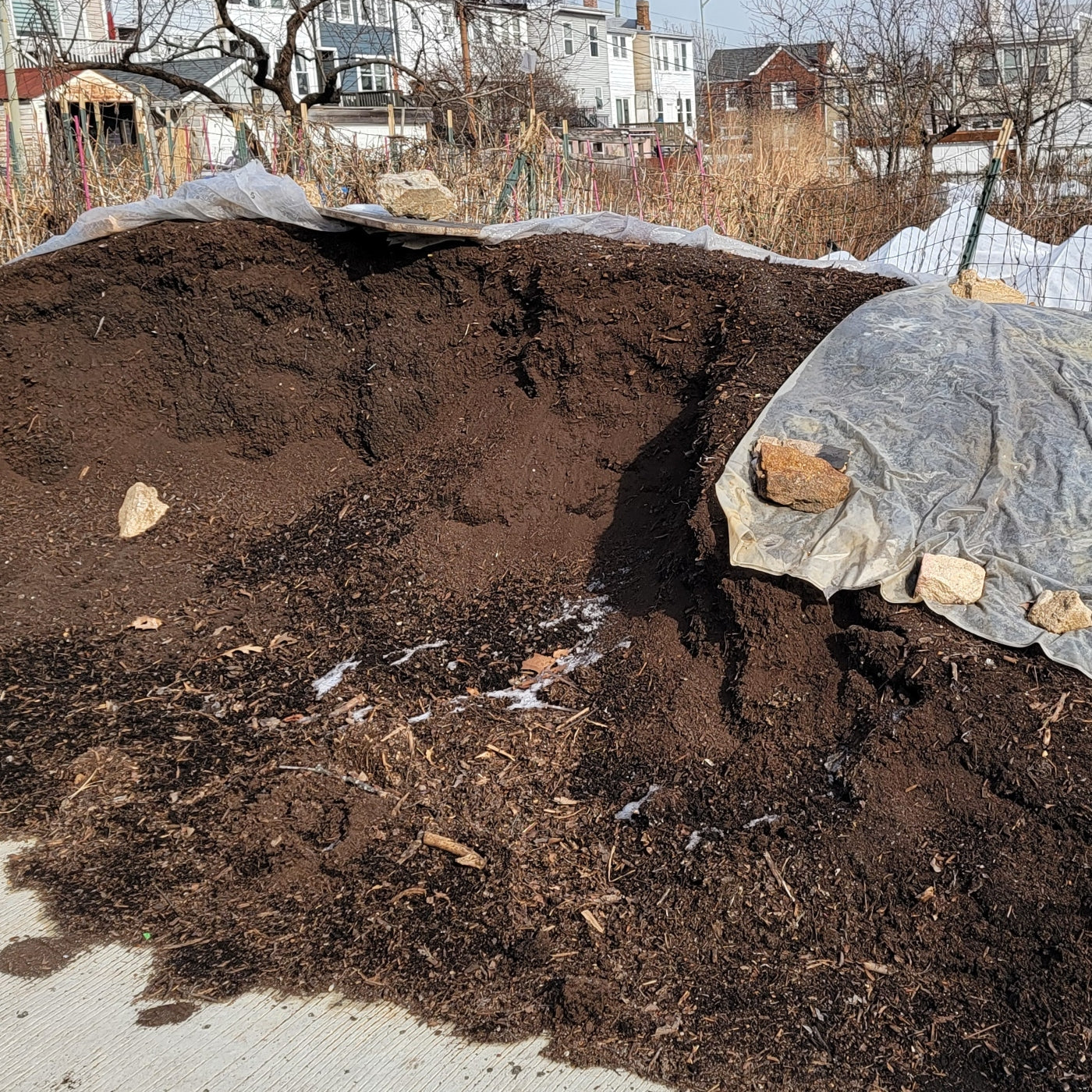
#3 We add compost
We routinely add 1-4” of compost to beds annually. This is expensive. But that’s what it takes to quickly increase soil fertility and organic matter to produce consistent high quality blooms and plants.

#4 Leaves are an addiction
We cover our beds in shredded leaves in the fall and during the growing season. This also provides soil life, organic matter and protects the soil from losing moisture and being blown or washed away. We buy shredded leaves and we are also that crazy person who steals your bags of leaves in the fall. Not sorry.
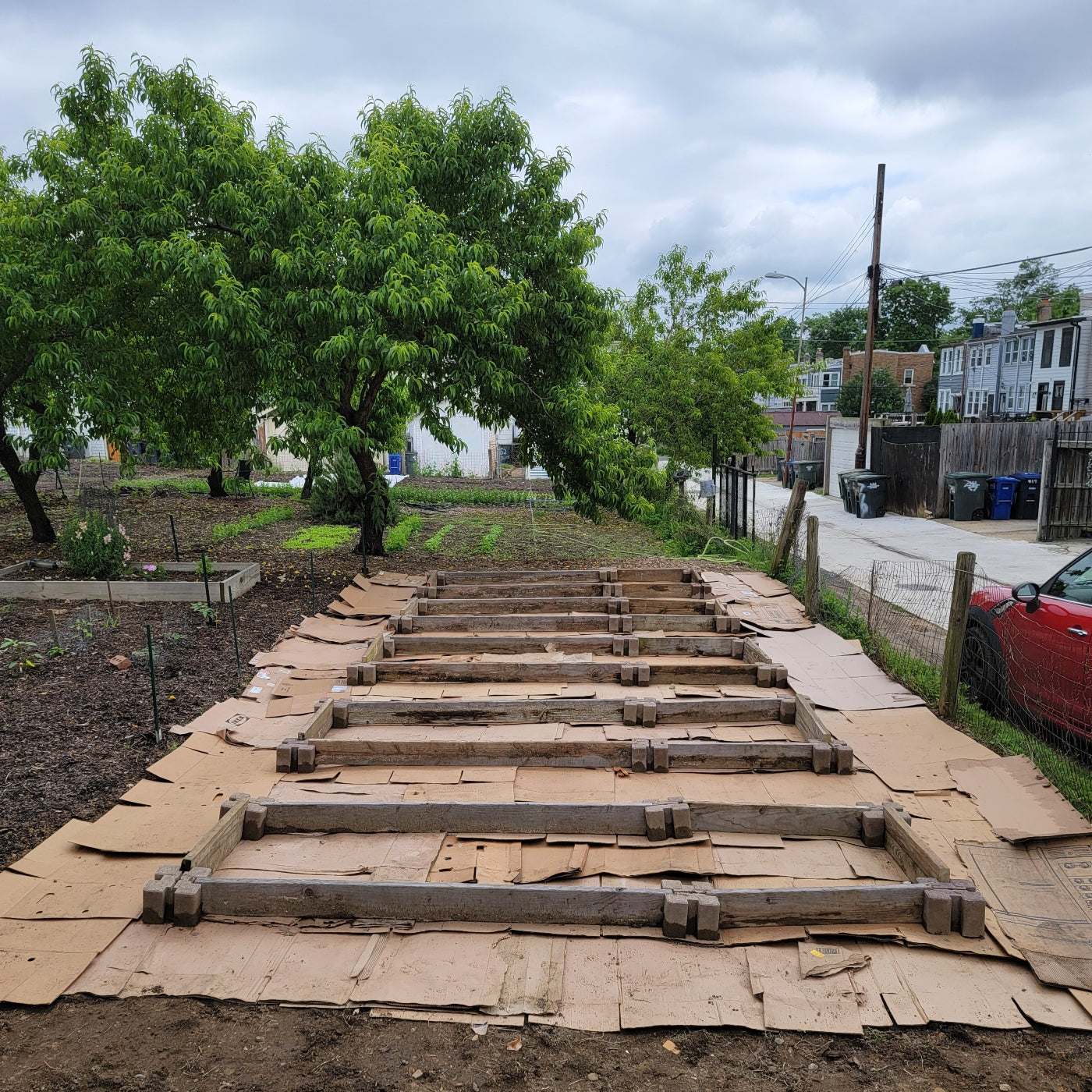
#5 We use cardboard
To build new beds or create pathways or to smother weeds, cardboard is a cheap way to keep moisture in, deprive weed seeds from sunlight to grow, and smother weeds. If your boxes in your recycling have mysteriously disappeared and you were left scratching your head, it was me. Again, not sorry.
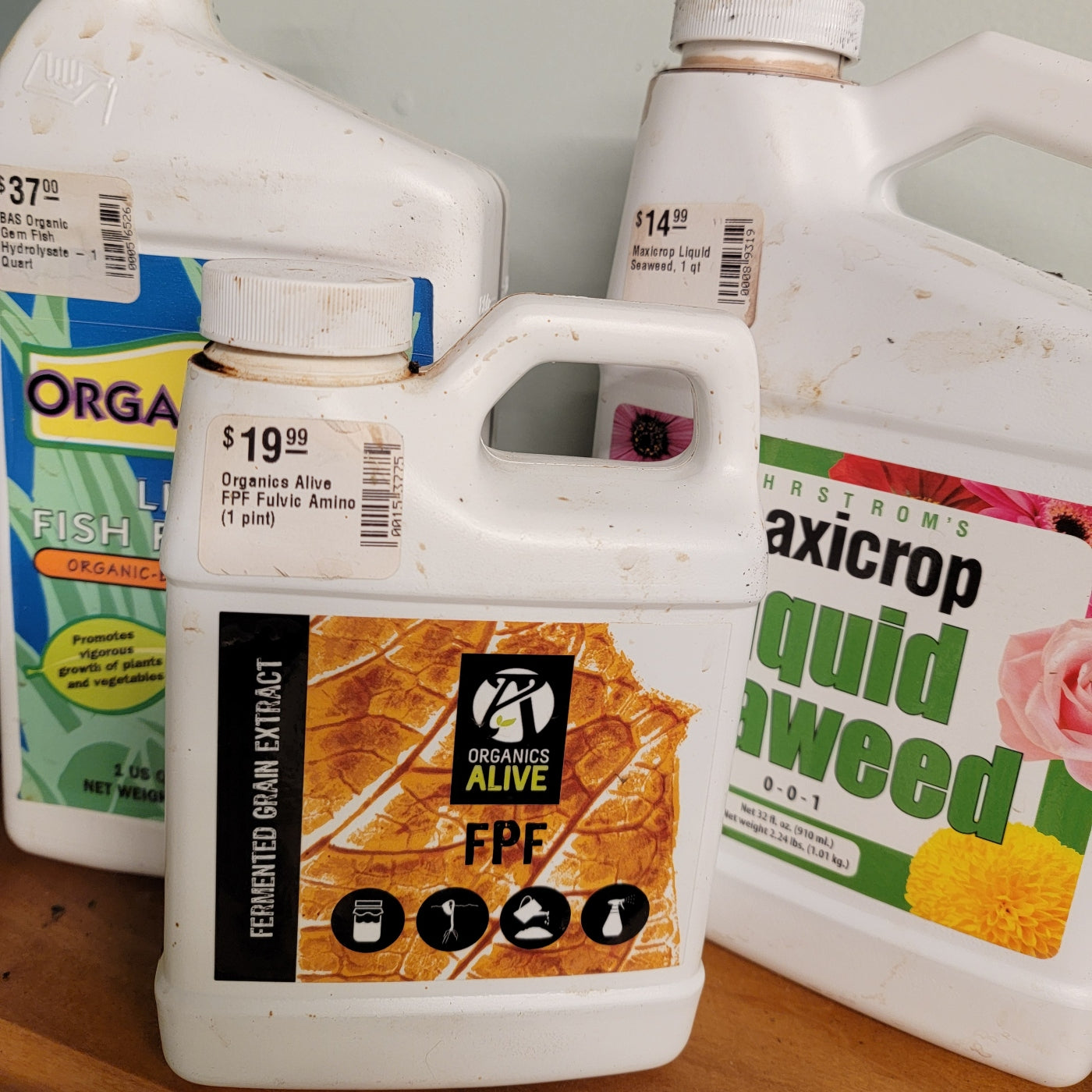
#6 We use organic amendments
We apply high quality dry organic fertilizers and amendments to beds annually. We also use liquid organic fertilizers during the growing season.
We ask a lot of our soil bugs and plants so we feed them regularly.
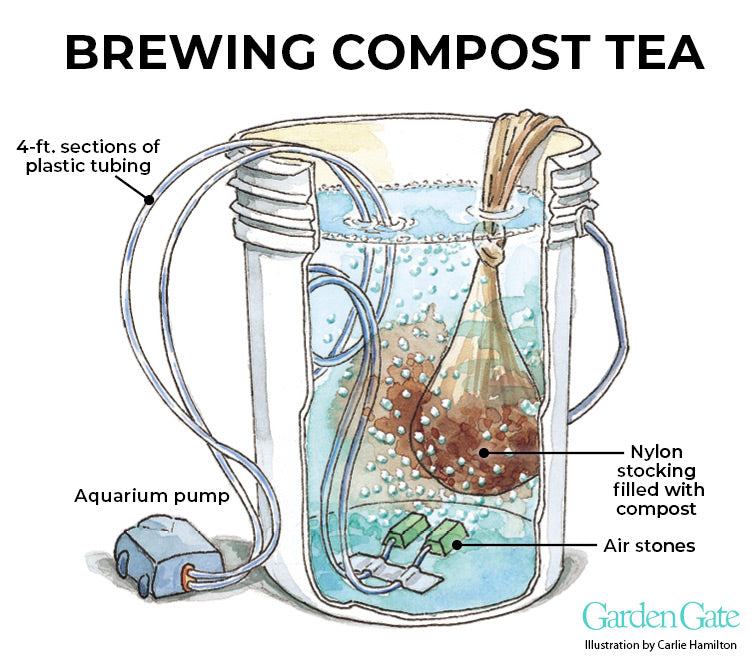
#7 We make compost tea
We foliar spray compost tea on our plants to give them a nutrition and moisture boost and build up the bugs that colonize the leaves to protect the plant from pathogens and insects.
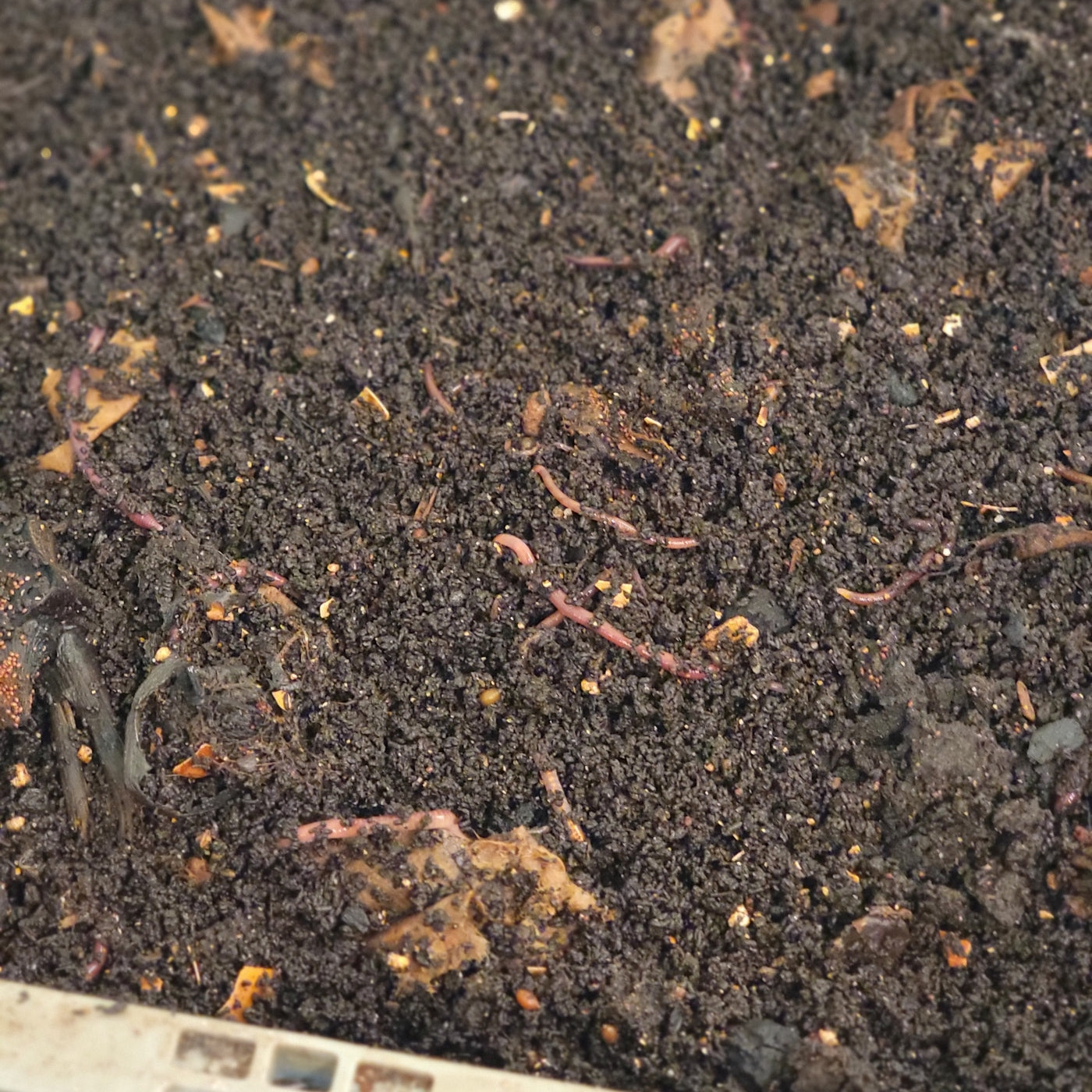
#8 We grow worms
We keep an active tower of vermicomposting bins. We use it as the basis for our compost tea and compost extract. We also applying it directly to soil for plants that need an extra boost.
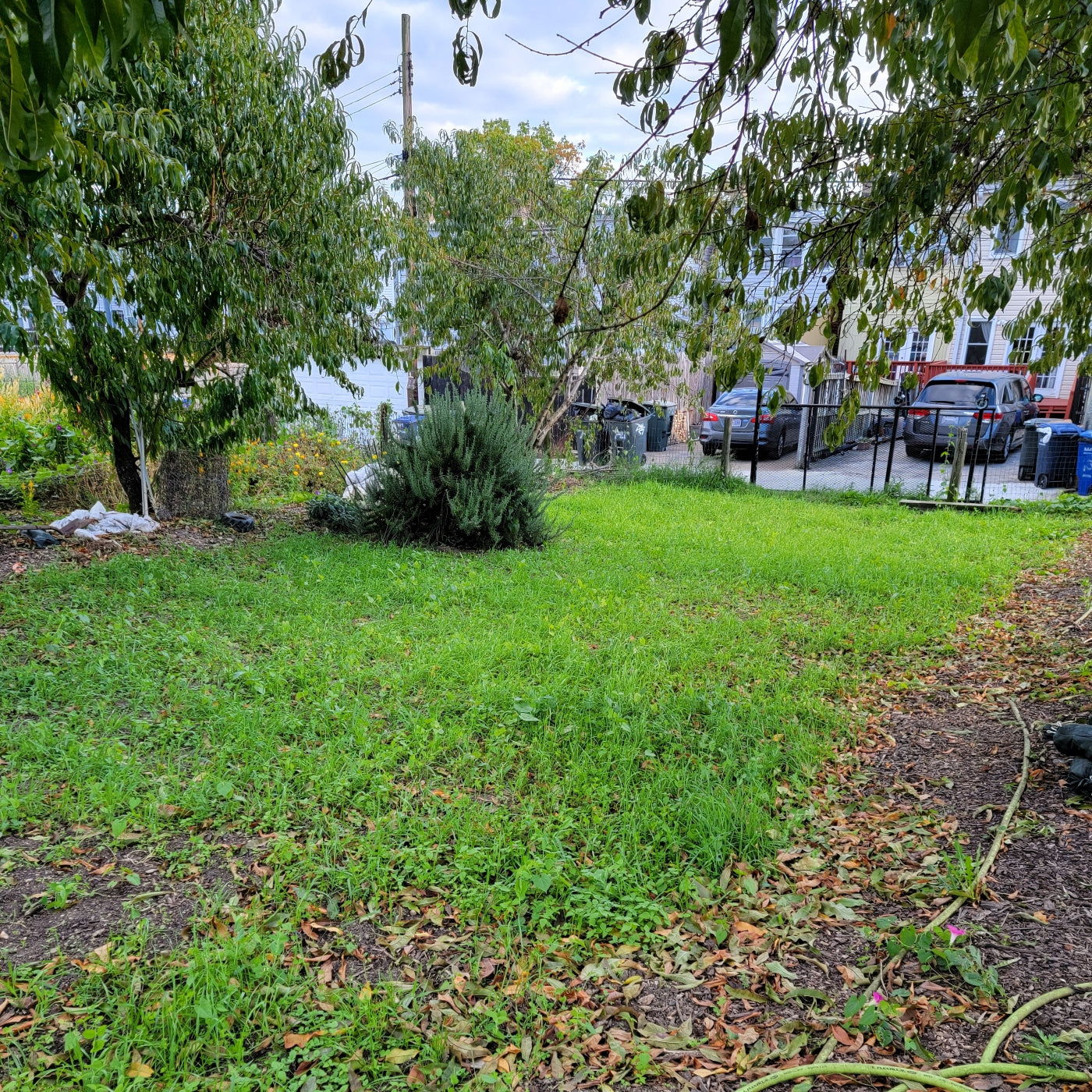
#9 We use cover crops
To keep soil bugs healthy, growing and thriving they need roots to grow on, in and with. When we are not growing blooms and plants for production we keep plant cover crops to keep microbes fed and active.
The cover crops are also incorporated back into the soil to build up the organic matter content. This also helps feed the soil life and help the soil hold more moisture, making it more resilient and fertile.
#10 We leave roots in the ground
For most crops, we cut the plants and leave the roots in the ground to decompose and act as nurse roots. These nurse roots keep the soil bugs fed and active until new plant roots need them.
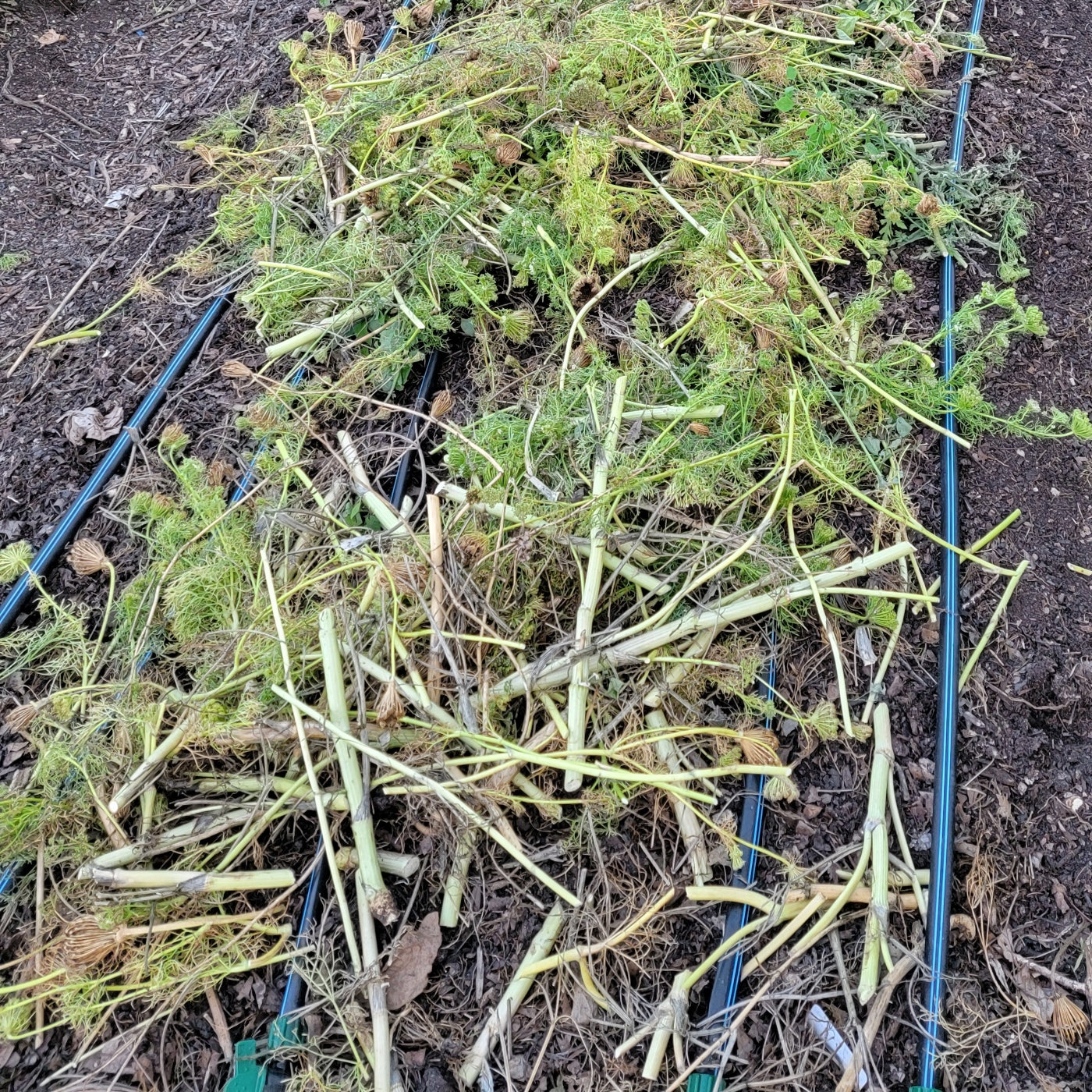
#11 we cover our soil
We keep our soil biology active by covering the soil with decomposing plants (like the plant cuttings in the picture above) or leaf mulch or tarp. In this way we keep the biology active and protected from erosion and weeds.
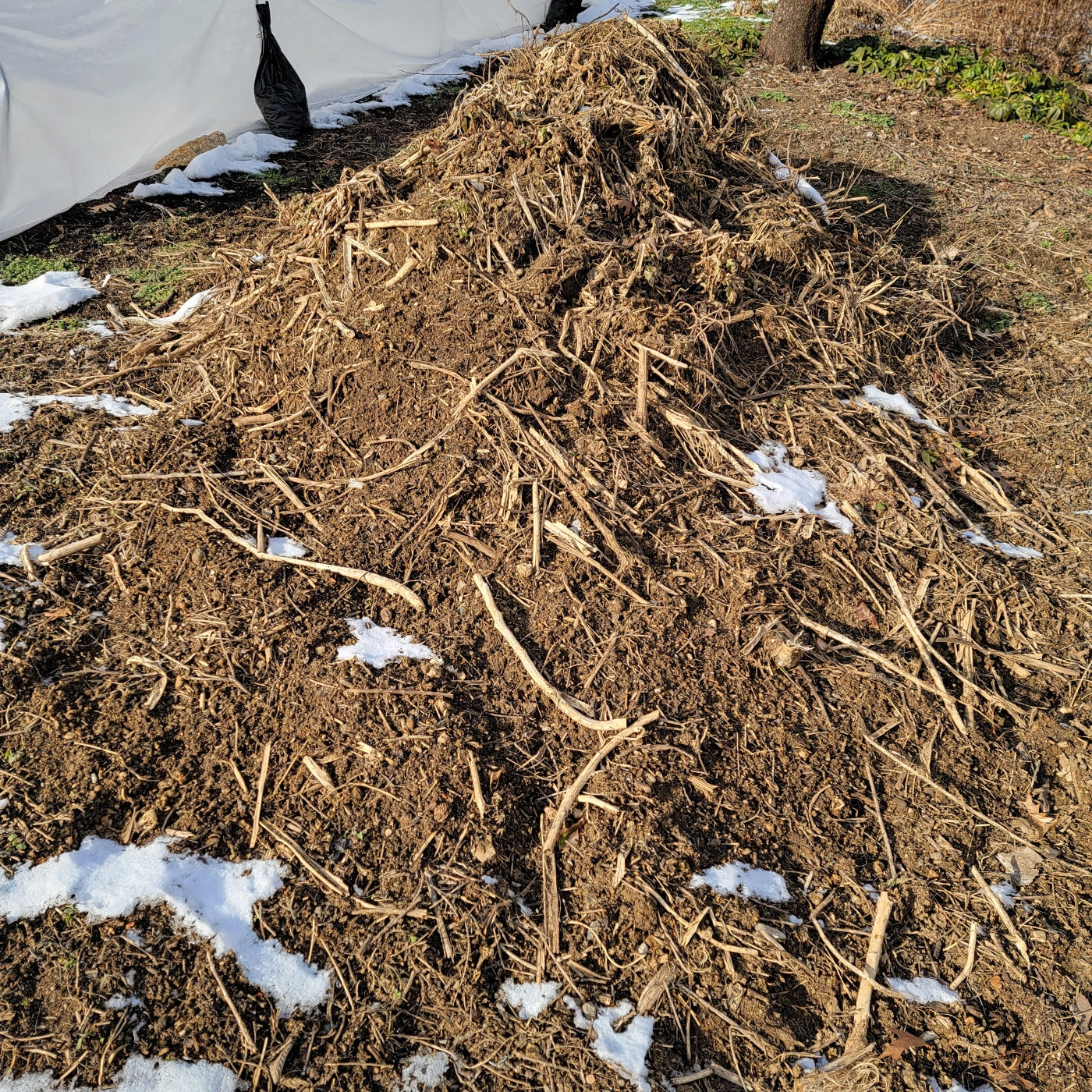
#12 We reuse/compost just about everything
We reuse everything onsite. We drop culled plants on top of beds to protect them, on paths to keep them weed free, or we compost them in locations that need more organic matter (like the picture above of composting materials set in place to become a new bed).
We’re always looking for ways to incorporate spent grown material back into the soil.
